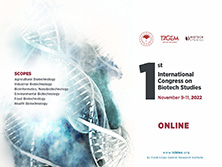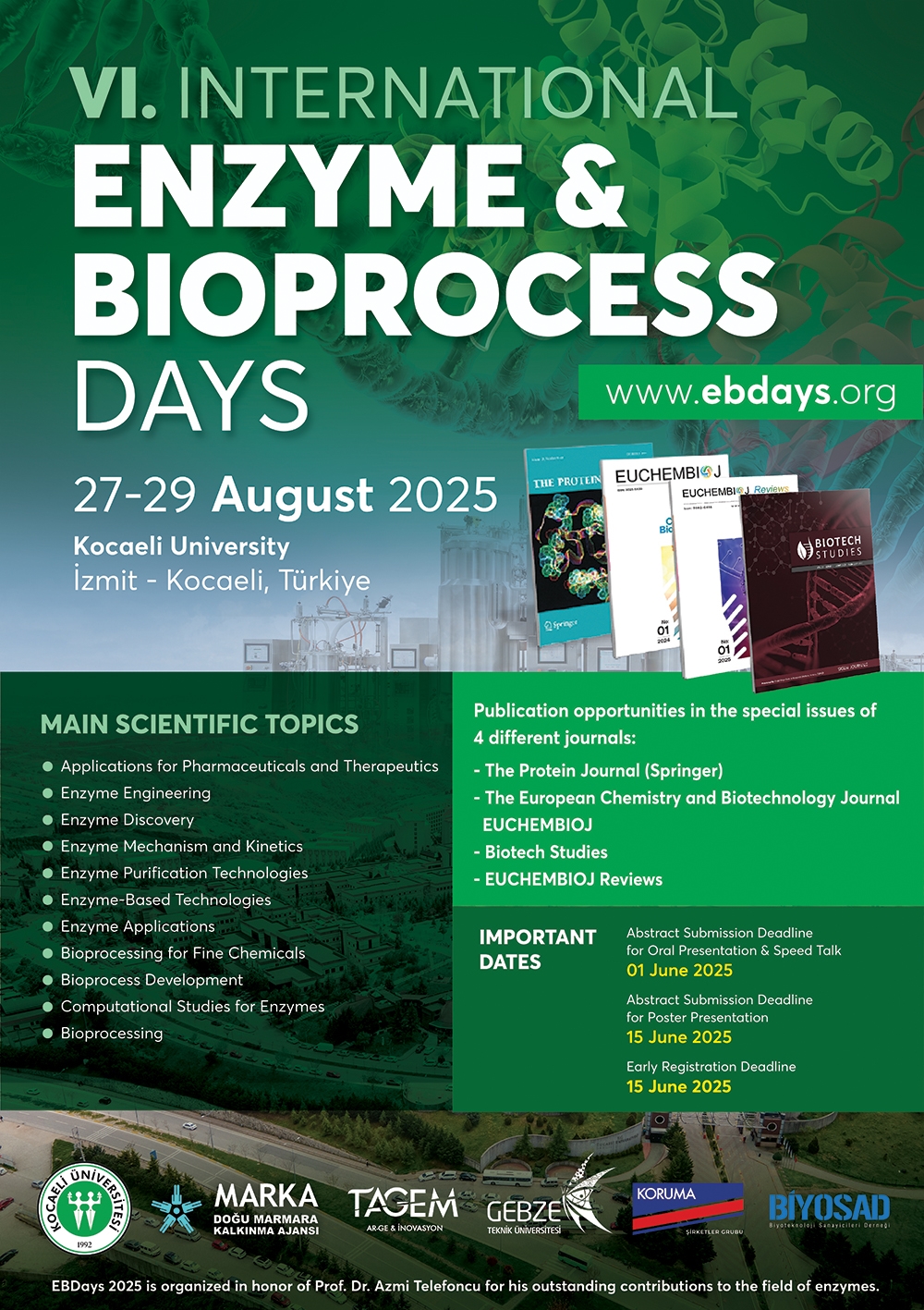MARKER ASSISTED SELECTION İN THEORY AND PRACTICE
1. 30 major genes for resistance to 11 diseases plus 20 QTLfor 6 diseases (Graner et al, 1996)
2. 84 genomic locations for 11 quality traits (Henry et al., 1996)
3. 3 major genes for disease and pest resistance (Langridge et al., 1996)
Just as significantly, authors discussed some of the key opportunities and limitations of this technology. Powell et al. (1996) showed the potential for reducing the number of backcrosses by using random genomic markers to select individuals with a lower percentage of donor parent alleles than predicted from expected segregation ratios. Hayes et al. (1997) guestioned the transferability of QTL derived in one cross to wider breeding populations. However, they reported initial promising results of attempts to use MAS based on QTL identifıed in the original Steptoe*Morex mapping population to select superior recombinants from intercrosses among progeny.
So what has changed since 1996? Due to the growing gap (in phenotypic performance) between elite cultivars and the ancestral genepool (Rasmusson and Phillips, 1997), there exists an urgent need to develop new strategies for the introgression of novel alleles from exotic donors in to barley breeders' current germplasm. The advanced backcross QTL analysis espoused by Tanksley and Nelson (1996) stimulated interest in this area of research. Some authors, such as Young (1999), have guestioned the impact of MAS on practical breeding outcomes. He claims few, if any, of the 400 papers he surveyed (published between 1995 and 1999) describing the use of MAS actually led to new commercial cultivars. Young presents a challenge to those involved in barley genetics and breeding, to demonstrate MAS is a useful tool in practical plant improvement. in this paper, progress with MAS since 1996 is reviewed by comparing published reports, both theoretical and applied, with experience in MAS in two breeding programs in southern Australia.
Keywords : MAS; barley breeding; backcross















